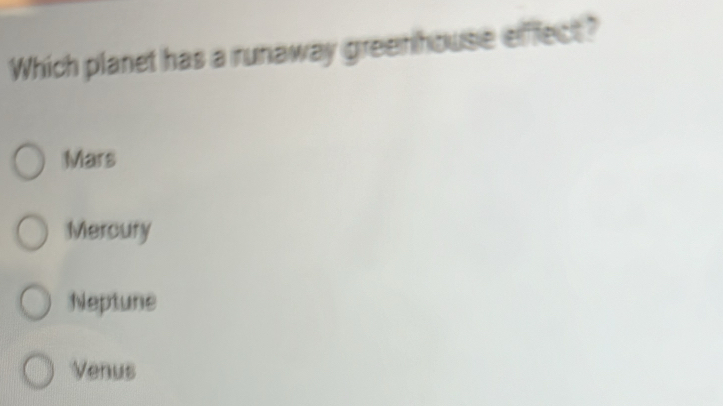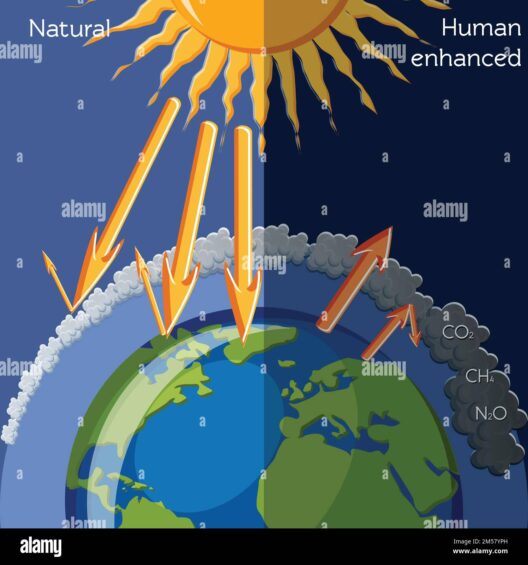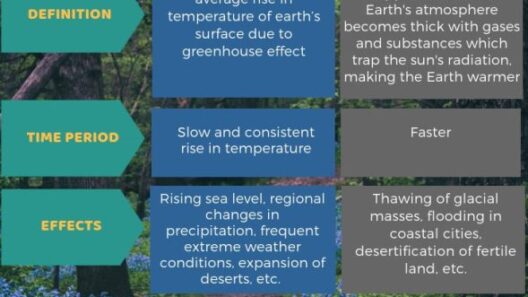Venus is often referred to as Earth’s twin due to its similar size and composition. However, a closer examination reveals a striking, almost harrowing contrast between the two planets. Venus is enveloped in a thick, toxic atmosphere that has led to an extreme climate marked by a runaway greenhouse effect. Understanding this phenomenon not only provides insights into Venusian weather but also serves as an important cautionary tale for Earth’s future amidst climate change discussions.
When we consider a runaway greenhouse effect, we often think of a scenario that might unfold on our own planet. Yet, examining this process on Venus reveals how unchecked greenhouse gases can lead to inhospitable conditions. The atmospheric pressure on Venus is about 92 times greater than that of Earth’s, akin to being nearly a mile underwater. The surface temperature soars to around 900 degrees Fahrenheit (475 degrees Celsius), hot enough to melt lead. Such extreme temperatures, combined with an atmosphere composed primarily of carbon dioxide, contribute to a relentless and insurmountable greenhouse effect.
In our quest to comprehend the climate dynamics of Venus, we must first delve into the composition of its atmosphere. The toxic clouds of sulfuric acid, coupled with dense carbon dioxide, create a lethal shroud that traps heat. Sunlight penetrates this opaque atmosphere, warming the surface; however, the heat fails to escape. This thermal confinement is what labels Venus as having a runaway greenhouse effect—more aptly described as a foreboding warning sign. As greenhouse gases accumulate, they exacerbate the warming cycle, in turn fostering even more emissions through geological activity, thus perpetuating the cycle.
Various planetary scientists speculate that Venus might once have harbored conditions favorable to liquid water on its surface. However, a series of climatic shifts rendered these possibilities obsolete, leading to the harsh environment we observe today. One hypothesis suggests that volcanic activity could have played a pivotal role in this transformation, ejecting voluminous amounts of carbon dioxide into the atmosphere. As the planet continued to warm, oceans evaporated, further boosting atmospheric pressure and exacerbating the greenhouse climate. This dramatic shift is a tremendous aspect of Venus’s history, sparking curiosity about planetary evolution and ecological collapse.
Environmentally, the implications of studying Venus are far-reaching. By examining the runaway greenhouse effect on our neighboring planet, scientists can draw parallels to Earth’s climatic trajectory. The ecological frailty of our own planet becomes disturbingly evident when juxtaposed with Venus. The challenges posed by anthropogenic activities—such as excessive carbon emissions and deforestation—raise an essential question: Could Earth face a future akin to that of Venus if current trends persist?
A pivotal point of fascination surrounds the atmospheric processes at play on Venus, particularly the dynamics of its winds. The planet’s super-rotational winds reach speeds of up to 200 miles per hour, swirling around the planet in just four Earth days. This phenomenon leads to curious weather patterns, characterized by extreme temperature variations and the formation of perpetual cloud cover. The temperature discrepancy between the daylight and nighttime sides of Venus highlights the complex interplay of local and planetary climatic systems. These frigid nighttime temperatures, while still enormously high, serve as an alluring enigma illustrating the intricacies of planetary atmospheres.
For those captivated by the notion of life beyond Earth, Venus also presents an intriguing case study. The concept of microbial life thriving in the upper layers of its atmosphere, where temperatures are comparatively moderate and pressure is lower, has been posited as a tantalizing possibility. Scientists have even detected the presence of phosphine in Venus’s atmosphere, a compound often associated with biological processes. While this claim remains contentious within the scientific community, it nonetheless captures our imagination, propelling the notion that life could exist in the most unrelenting of environments.
The question of planetary resilience emerges when we reflect on Venus’s narrative. Can a planet, once potentially habitable, irretrievably lapse into an inhospitable state? The implications of this shift echo in the corridors of our ecological contemplation on Earth. The fate of Venus underscores the fragility of habitability. Its transformation serves as an ominous forecast for Earth’s own climate. As we witness alarming signals—glacier retreat, altered weather patterns, and rising sea levels—it becomes imperative to recognize the interconnectedness of planetary health.
In conclusion, the exploration of Venus—a planet enshrouded in a runaway greenhouse effect—offers profound insights into climatic extremes and ecological vulnerabilities. While Venus serves as a cautionary tale, it also ignites a fascination for planetary science, revealing the delicate balance that exists within celestial environments. Whether as a warning or a source of wonder, Venus continually captivates humanity’s gaze, reminding us of our responsibilities as stewards of our own home, Earth. The lessons gleaned from our nearest planetary neighbor remind us that understanding the cosmos can illuminate the path toward a sustainable future—one where we heed the timbre of our own planet’s urgent call.








